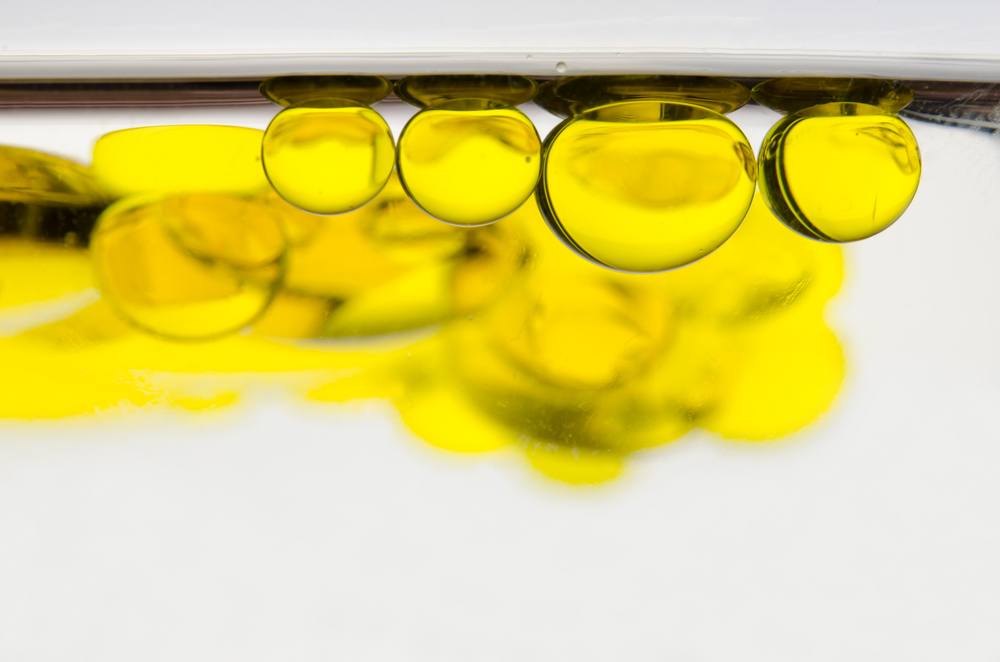Restoration of Lipid Biosynthesis in Muscular Dystrophy Associated with Muscle Recovery

In a recent paper entitled “Lipogenesis mitigates dysregulated sarcoplasmic reticulum calcium uptake in muscular dystrophy”published in the Biochimica et Biophysica Acta (BBA) – Molecular and Cell Biology of Lipids journal, U.S. researchers unveiled a relationship between defective lipid biosynthesis and muscle weakness in Duchenne muscular dystrophy.
Muscular dystrophies are diseases that cause a progressive weakness and loss of skeletal muscles. Due to gene aberrations (mutations), muscular dystrophy patients cannot produce essential muscle proteins resulting in muscle deterioration. In Duchenne muscular dystrophy, defects in dystrophyn, an important structural protein of muscles, impair calcium homeostasis and activate inflammatory and degenerative pathways. Calcium ions levels are crucial for the muscle function, and as such are highly regulated.
Sarco/endoplasmic reticulum Ca2+ ATPase (SERCA) is a membrane protein involved in muscle calcium metabolism. SERCA activity is dependent on the lipids that compose the membrane where the protein is located. Changes in lipid composition caused by deficiencies in lipid production affect SERCA function resulting in muscle weakness. Studies suggest that in Duchenne muscular dystrophy, muscle lipid biosynthesis is impaired. This led the authors to postulate that this defective lipid production might contribute for the reduced activity of SERCA that characterizes muscular dystrophy.
Using a mouse model for, the team showed that indeed muscle lipid biosynthesis was reduced, affecting the lipid composition of muscles and SERCA function. The researchers then used genetic approaches to restore the lipids of mice muscles to their “normal” levels. This resulted in the partial rescue of SERCA activity, suggesting that dysregulated lipid biosynthesis might contribute to aberrant calcium ions metabolism in muscular dystrophy.
It thus seems that the restoration of the lipid metabolism might be a promising approach to improve muscular function in muscular dystrophy. However, a better understand of the complex metabolic changes that occur in these muscles is required before advancing for such metabolic intervention.






